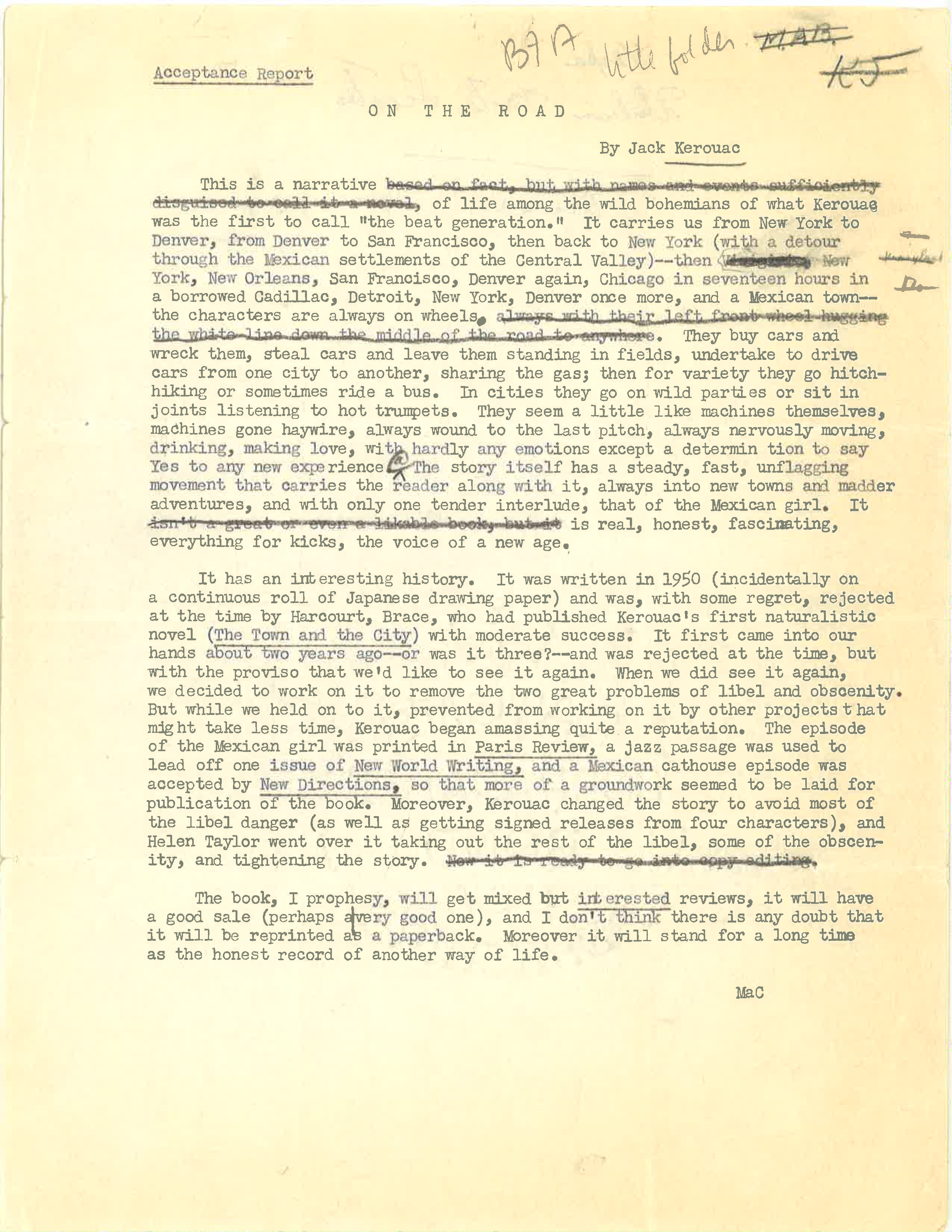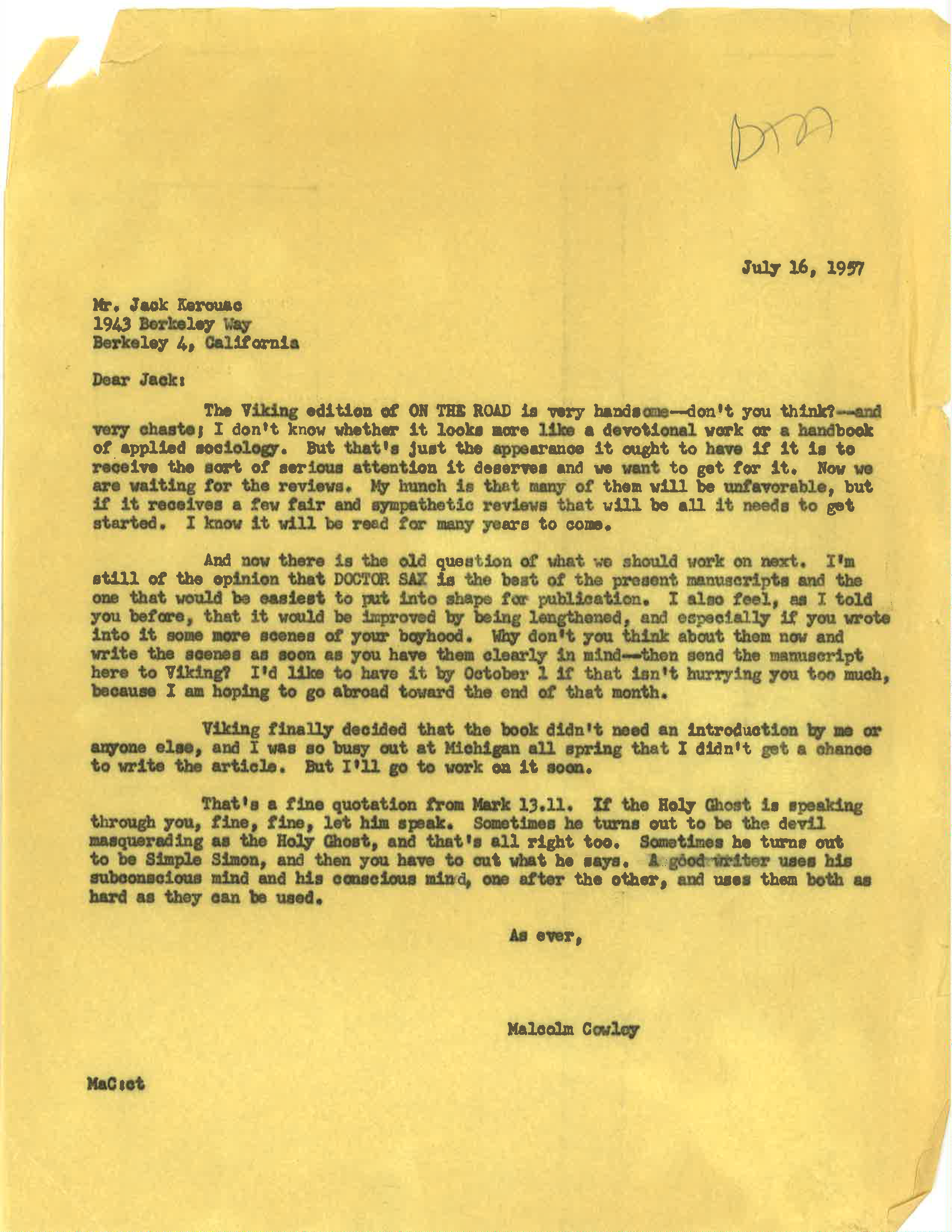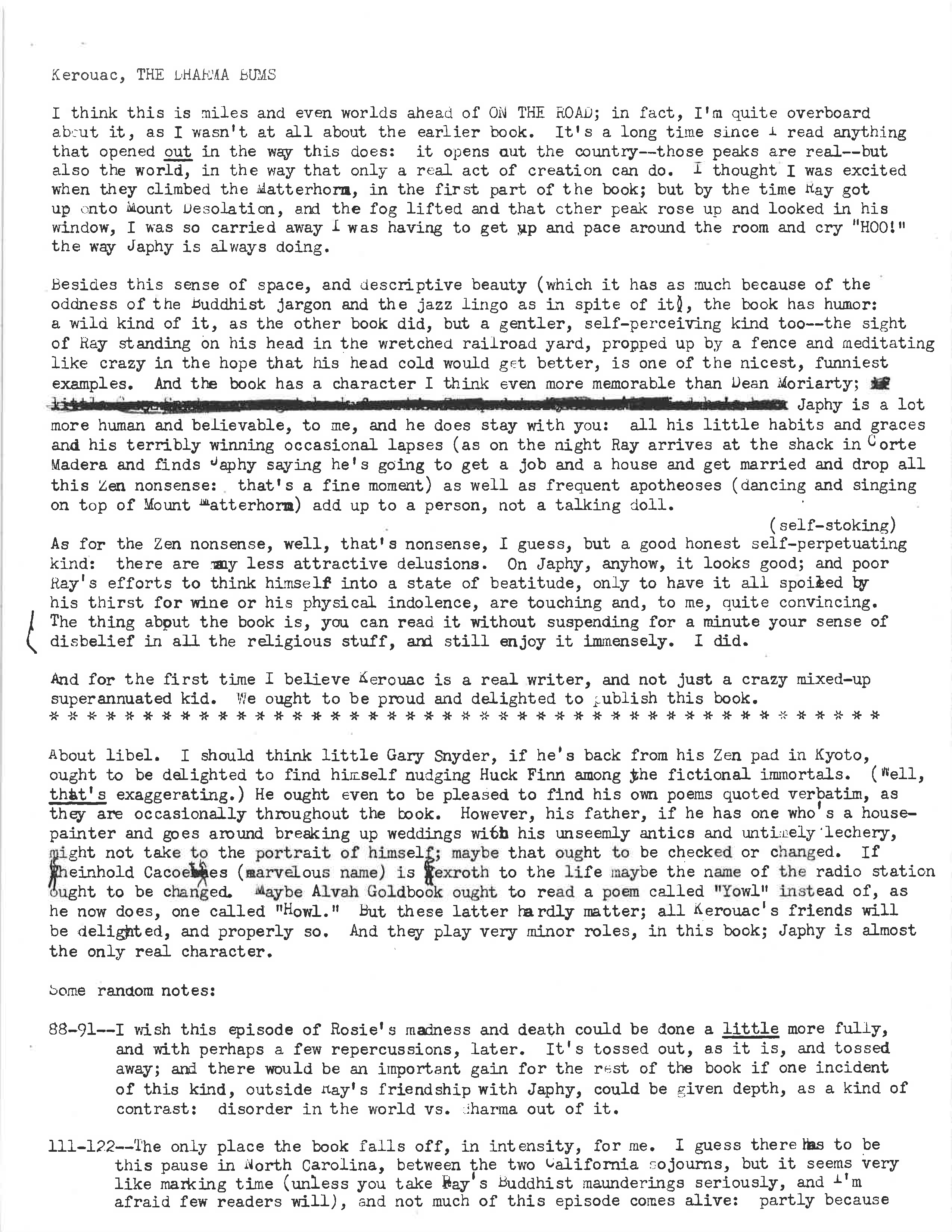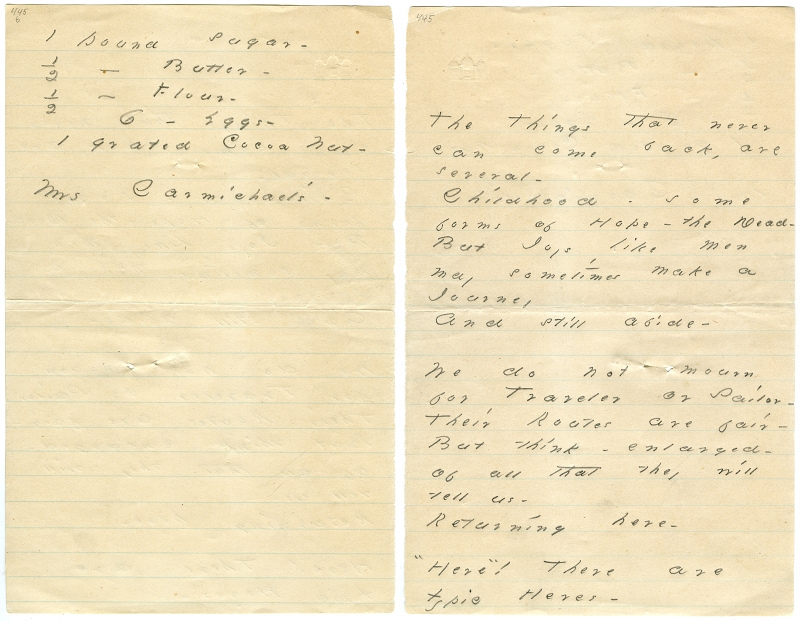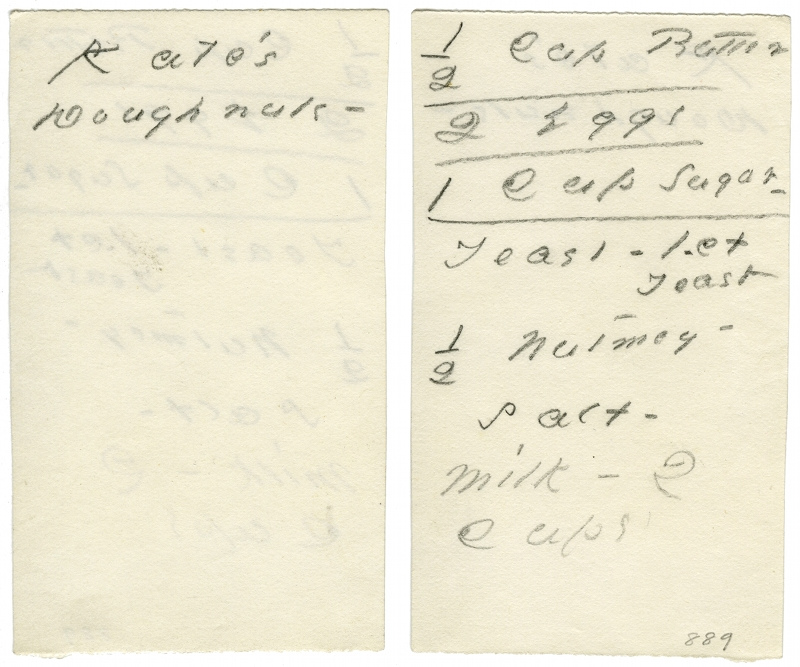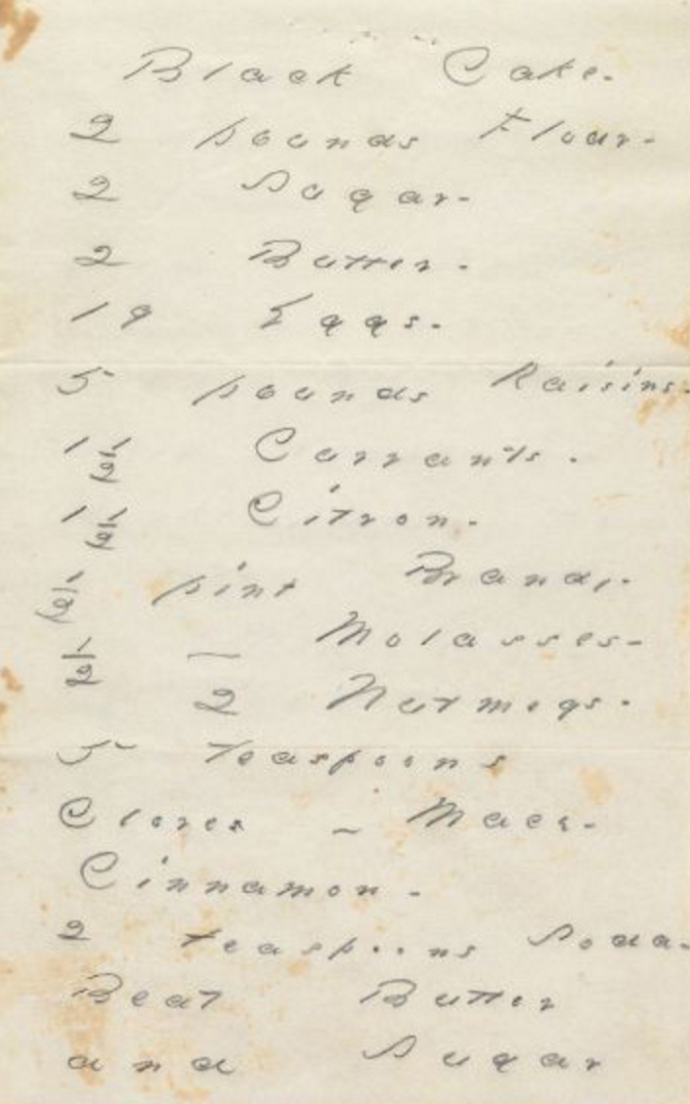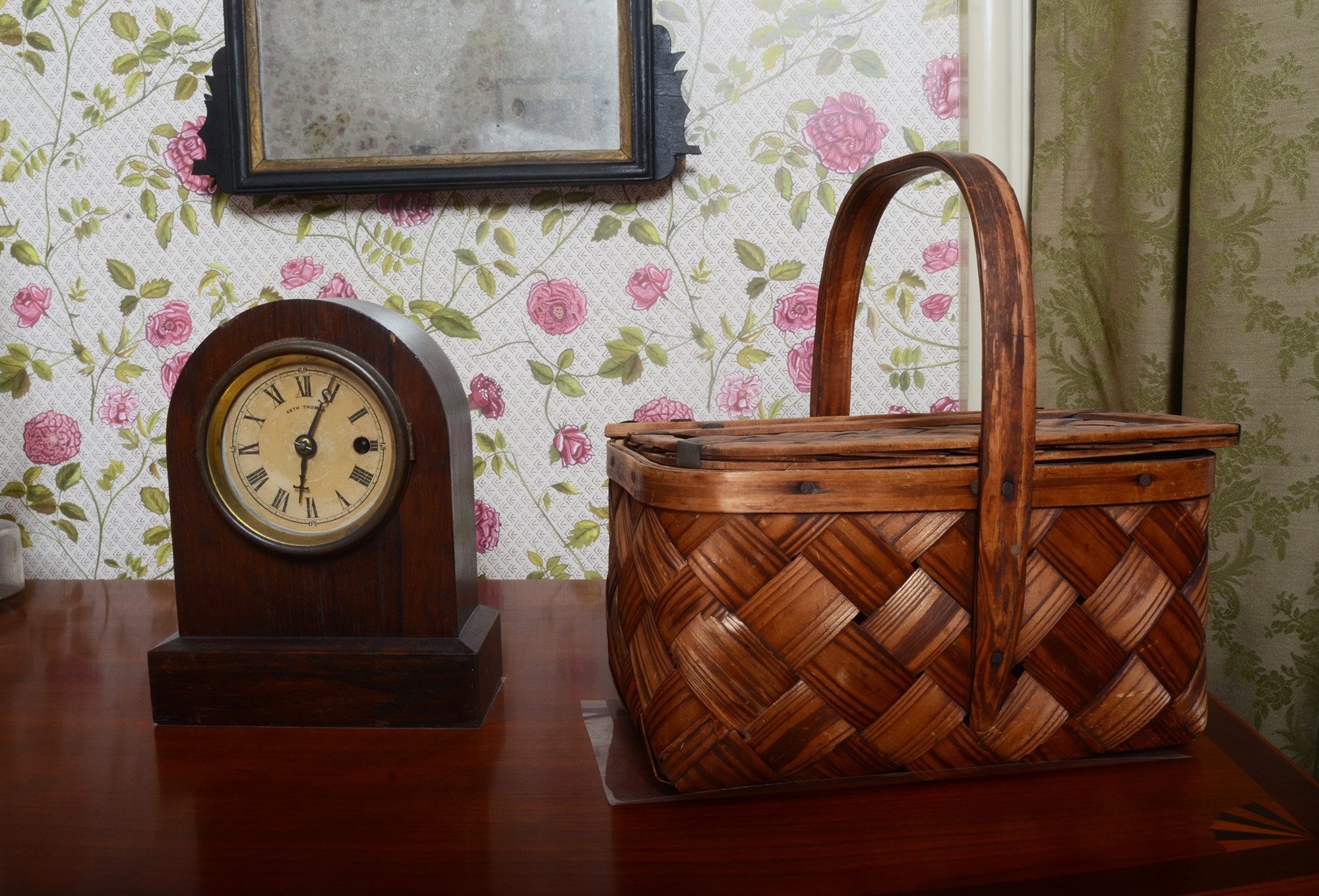“Fore!”
from
Cities of the Red Night
by
William S. Burroughs
The liberal principles embodied in the French and American revolutions and later in the liberal revolutions of 1848 had already been codified and put into practice by pirate communes a hundred years earlier. Here is a quote from Under the Black Flag by Don C. Seitz:
Captain Mission was one of the forbears of the French Revolution. He was one hundred years in advance of his time, for his career was based upon an initial desire to better adjust the affairs of mankind, which ended as is quite usual in the more liberal adjustment of his own fortunes. It is related how Captain Mission, having led his ship to victory against an English man-of-war, called a meeting of the crew. Those who wished to follow him he would welcome and treat as brothers; those who did not would be safely set ashore. One and all embraced the New Freedom. Some were for hoisting the Black Flag at once but Mission demurred, saying that they were not pirates but liberty lovers, fighting for equal rights against all nations subject to the tyranny of government, and bespoke a white flag as the more fitting emblem. The ship’s money was put in a chest to be used as common property. Clothes were now distributed to all in need and the republic of the sea was in full operation.
Mission bespoke them to live in strict harmony among themselves; that a misplaced society would adjudge them still as pirates. Self-preservation, therefore, and not a cruel disposition, compelled them to declare war on all nations who should close their ports to them. “I declare such war and at the same time recommend to you a humane and generous behavior towards your prisoners, which will appear by so much more the effects of a noble soul as we are satisfied we should not meet the same treatment should our ill fortune or want of courage give us up to their mercy.…” The Nieustadt of Amsterdam was made prize, giving up two thousand pounds and gold dust and seventeen slaves. The slaves were added to the crew and clothed in the Dutchman’s spare garments; Mission made an address denouncing slavery, holding that men who sold others like beasts proved their religion to be no more than a grimace as no man had power of liberty over another.…
Mission explored the Madagascar coast and found a bay ten leagues north of Diégo-Suarez. It was resolved to establish here the shore quarters of the Republic—erect a town, build docks, and have a place they might call their own. The colony was called Libertatia and was placed under Articles drawn up by Captain Mission. The Articles state, among other things: all decisions with regard to the colony to be submitted to vote by the colonists; the abolition of slavery for any reason including debt; the abolition of the death penalty; and freedom to follow any religious beliefs or practices without sanction or molestation.
Captain Mission’s colony, which numbered about three hundred, was wiped out by a surprise attack from the natives, and Captain Mission was killed shortly afterwards in a sea battle. There were other such colonies in the West Indies and in Central and South America, but they were not able to maintain themselves since they were not sufficiently populous to withstand attack. Had they been able to do so, the history of the world could have been altered. Imagine a number of such fortified positions all through South America and the West Indies, stretching from Africa to Madagascar and Malaya and the East Indies, all offering refuge to fugitives from slavery and oppression: “Come to us and live under the Articles.”
At once we have allies in all those who are enslaved and oppressed throughout the world, from the cotton plantations of the American South to the sugar plantations of the West Indies, the whole Indian population of the American continent peonized and degraded by the Spanish into subhuman poverty and ignorance, exterminated by the Americans, infected with their vices and diseases, the natives of Africa and Asia—all these are potential allies. Fortified positions supported by and supporting guerrilla hit-and-run bands; supplied with soldiers, weapons, medicines and information by the local populations … such a combination would be unbeatable. If the whole American army couldn’t beat the Viet Cong at a time when fortified positions were rendered obsolete by artillery and air strikes, certainly the armies of Europe, operating in unfamiliar territory and susceptible to all the disabling diseases of tropical countries, could not have beaten guerrilla tactics plus fortified positions. Consider the difficulties which such an invading army would face: continual harassment from the guerrillas, a totally hostile population always ready with poison, misdirection, snakes and spiders in the general’s bed, armadillos carrying the deadly earth-eating disease rooting under the barracks and adopted as mascots by the regiment as dysentery and malaria take their toll. The sieges could not but present a series of military disasters. There is no stopping the Articulated. The white man is retroactively relieved of his burden. Whites will be welcomed as workers, settlers, teachers, and technicians, but not as colonists or masters. No man may violate the Articles.
I cite this example of retroactive Utopia since it actually could have happened in terms of the techniques and human resources available at the time. Had Captain Mission lived long enough to set an example for others to follow, mankind might have stepped free from the deadly impasse of insoluble problems in which we now find ourselves.
The chance was there. The chance was missed. The principles of the French and American revolutions became windy lies in the mouths of politicians. The liberal revolutions of 1848 created the so-called republics of Central and South America, with a dreary history of dictatorship, oppression, graft, and bureaucracy, thus closing this vast, underpopulated continent to any possibility of communes along the lines set forth by Captain Mission. In any case South America will soon be crisscrossed by highways and motels. In England, Western Europe, and America, the overpopulation made possible by the Industrial Revolution leaves scant room for communes, which are commonly subject to state and federal law and frequently harassed by the local inhabitants. There is simply no room left for “freedom from the tyranny of government” since city dwellers depend on it for food, power, water, transportation, protection, and welfare. Your right to live where you want, with companions of your choosing, under laws to which you agree, died in the eighteenth century with Captain Mission. Only a miracle or a disaster could restore it.

